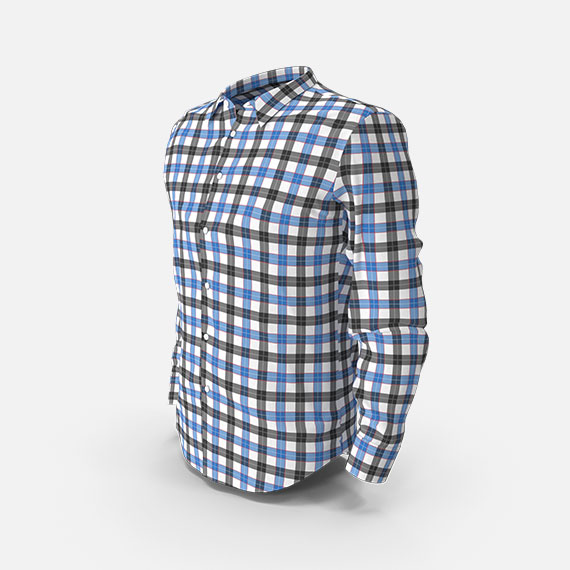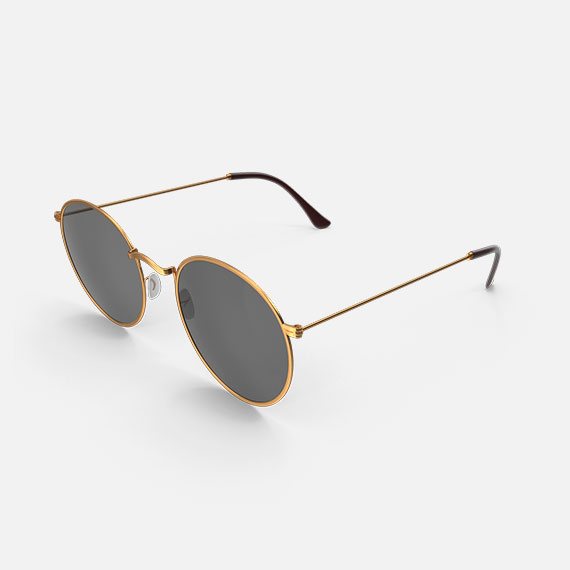Table of Contents
- Ultimate Guide to Plinko – Strategies, Tips, and Fun Facts
- Essential Mechanics of Plinko
- Understanding the Board Design and Functionality
- How Pucks Navigate Through Pegs
- Strategic Approaches to Plinko Games
- Choosing the Right Angle for Maximum Dropping Efficiency
Ultimate Guide to Plinko – Strategies, Tips, and Fun Facts
Engaging in the world of Plinko offers not just a chance to win prizes, but a unique opportunity to understand the elements of chance and strategy. The game, characterized is plinko legit by its vibrant board and falling discs, relies on both luck and decision-making skills. As players navigate through this captivating experience, certain approaches can enhance their performance and enjoyment.
The mechanics of the Plinko board are deceptively straightforward, yet the underlying probabilities and outcomes can vary significantly based on player choices. When a disc cascades through the pegs, its path remains unpredictable, but with a keen eye on the game board and thoughtful planning, participants can improve their odds of success. Understanding the layout and recognizing how different peg placements affect the ball’s trajectory is crucial.
Aside from strategic considerations, there’s a treasure trove of fascinating trivia surrounding this game. Originating from television broadcasts and carnival settings, its appeal spans generations. Recognizing the history and evolution of Plinko enriches the gaming experience, making each round not just a gamble but a connection to a larger narrative. Players who appreciate these nuances often find themselves more deeply engaged and invested in the action unfolding before them.
Essential Mechanics of Plinko
The gameplay of Plinko revolves around a simple yet captivating design that combines chance and strategy. Understanding its core mechanics can enhance your experience and potentially lead to better outcomes. Here are the fundamental aspects to consider:
- The Board Layout: The Plinko board features a vertical structure with pegs arranged in a triangular pattern. Balls are dropped from the top and navigate through these pegs before landing in designated slots at the bottom. The arrangement of pegs affects the trajectory of the balls, introducing variability in outcomes.
- The Drop Zone: Where you release the ball impacts the final prize. Experimenting with different drop zones can reveal which spots yield more successful results. Commonly, going towards the center can provide a balance between risk and reward.
- Slot Values: Each slot at the base of the board is assigned a specific prize value. Understanding the distribution of these values and where they are located can inform your drop strategy. Higher values may be clustered at the edges or evenly distributed across the board.
- Ball Dynamics: The interaction of the ball with pegs is critical. As the ball bounces, it can change its path drastically. Observing the behavior of the ball during multiple rounds can give insights into potential patterns.
- Gravity’s Role: The effect of gravity is what propels the ball downward, with momentum from bouncing off pegs. Recognizing how speed influences ball behavior can be advantageous in predicting landings.
By honing in on these mechanical elements, players can develop a more informed approach to the game. Each drop can be an opportunity to apply newfound knowledge–becoming aware of how minor adjustments can lead to different results.
Understanding the Board Design and Functionality
The Plinko board features a series of pegs arranged in a triangular pattern, creating a maze for the disc to navigate. Each peg deflects the disc either left or right, influencing the final drop position. The layout typically consists of multiple rows, with each row containing progressively more pegs as you move down the board, heightening the chaotic nature of the fall.
At the bottom of the board, a set of slots offers varying prize values, often justifying the risk and excitement. These slots are strategically placed, with higher values situated toward the edges and lower values in the center, which encourages players to aim for more challenging paths. Understanding this arrangement is crucial for anyone looking to increase the potential rewards.
The angle of the board plays a significant role in disc movement. Most designs are tilted, allowing gravity to take effect, thereby enhancing the erratic behavior of the disc. Some boards incorporate electronic components that track scores or display winning outcomes, adding an interactive dimension to the experience.
Players can experiment with the release point of the disc. By estimating the ideal launch angle, they can influence its trajectory and potentially navigate toward higher-value slots. Observing previous rounds can provide insights into patterns, although outcomes ultimately remain unpredictable due to the random nature of the game.
Additionally, the material and construction of the board impact its functionality. High-quality boards may offer smoother surfaces and more durable pegs, resulting in a different disc response compared to budget models. The sound of the disc hitting pegs also adds to the overall experience, enhancing the engaging atmosphere of gameplay.
How Pucks Navigate Through Pegs
The journey of pucks in a board configuration is both unpredictable and fascinating. An essential aspect influencing their path is the arrangement of pegs, which can be strategically positioned to create specific outcomes. Each interaction with a peg alters the direction of the puck, ultimately leading to diverse results.
Pucks approach each peg at varying angles, depending on the initial drop point and the speed at which they descend. When a puck collides with a peg, it can divert left, right, or continue downward. This randomness is key to the game’s excitement. Understanding the mechanics of collision can provide insights into optimizing position choices for maximizing favorable results.
Here are factors that significantly impact the trajectory of the pucks:
| Initial Angle | Determines the likelihood of deflection towards certain areas of the board. |
| Peg Density | A higher concentration of pegs increases deflection opportunities, creating a more chaotic path. |
| Peg Positioning | Specific placements can funnel pucks towards preferred slots, enhancing the chance of landing in desirable zones. |
| Puck Speed | Faster pucks may bounce more erratically, while slower ones could follow a more predictable path. |
The randomness involved can be a double-edged sword. To enhance outcomes, players may consider testing different starting points. Observation of how pucks tend to navigate in certain configurations can yield patterns, offering insights for future attempts. Moreover, when experimenting with various strategies, focusing on understanding the interplay between gravity and the peg layout will provide a nuanced perspective on puck behavior.
By grasping these principles, players can make informed decisions, thus increasing their chances for successful plays while enjoying the inherent unpredictability of the game.
Strategic Approaches to Plinko Games
Understanding the dynamics of a Plinko game can enhance your experience and potentially increase your winnings. Begin by analyzing the board layout. The configuration of pegs influences where chips may land, making certain zones more favorable than others. Most often, the highest payouts reside in the far corners; however, these paths are also the most susceptible to deviation.
Chips Placement: When dropping chips, consider the timing and angle. A slightly angled release can direct chips toward the right or left, steering them toward preferred payout slots. Conduct a few trial runs to gauge the chip’s responsiveness on various placements. Patterns may emerge that provide insight into consistent outcomes.
Bankroll Management: Set clear limits on what you’re willing to stake during gameplay. This prevents impulsive decisions that commonly lead to overspending. Divide your bankroll into smaller portions for different sessions, allowing for careful consideration of each drop.
Optimal Timing: Some players believe that the time of day or frequency of play can influence results. Analyzing win-loss ratios over time can shed light on optimal playing conditions. Experiment during off-peak hours when crowds are thinner, allowing for focused gameplay.
Observation: Watch how other players approach the game. Take note of successful drops and methods. Engaging in communal gameplay provides insights into techniques that might not be immediately apparent to solo players.
Payout Patterns: Familiarize yourself with the payout structure of the game you’re engaging in. Each variation may offer distinct rewards. Identify boards with generous payout ratios and prioritize those for your gaming session.
Stay Adaptable: Every game is unique due to random variations. Maintain a flexible mindset and adjust your approach based on how the game progresses. Being responsive can lead to more successful outcomes, especially in longer sessions.
Combining these methods enhances your overall strategy, allowing for a more rewarding experience in every session. With careful thought and attention to detail, participants can navigate the nuances of gameplay effectively.
Choosing the Right Angle for Maximum Dropping Efficiency
Selecting an optimal angle for your dropping mechanism can significantly influence the outcome of your game. The traditional setup features a vertical drop, but minor adjustments can lead to enhanced accuracy and scoring potential.
First, consider the surface of the board. An angle slightly deviating from vertical, around 15 to 20 degrees, can create a more dynamic trajectory, allowing the discs to interact differently with pegs. This slant helps distribute momentum, increasing the chance of favorable bounces.
Pay attention to the positioning of the pegs. Placing them strategically at varied heights will establish a more diverse path for the falling discs. Higher pegs can act as guides, steering the discs toward desired slots, while lower pegs can generate unpredictable ricochets that may benefit gameplay.
Experiment with different dropping points along the horizontal axis. Dropping near the center usually leads to balanced outcomes, but slight adjustments left or right can be beneficial. Mr. Charles Dufour’s experiments showed that a slight shift could alter scoring probabilities significantly, with specific angles yielding higher returns.
Understand how gravity affects your game. The drop might seem trivial, but the gravitational pull’s influence on the disc’s angle can affect its descent speed and control. A steeper angle generally allows for a faster fall but may result in less control, while a more gentle slope provides steadiness at the expense of speed.
Additionally, observe the type of discs in use. Heavier discs may fare better at lower angles, as they can maintain stability while lighter discs might need higher angles to gain momentum. Adjust your dropping angle based on the attributes of the discs to maximize overall performance.
Ultimately, thorough observation and experimentation with angles is crucial. Monitor results, keep detailed records, and adapt your approach accordingly. Craft your strategy around these insights for a more enjoyable and rewarding experience.










